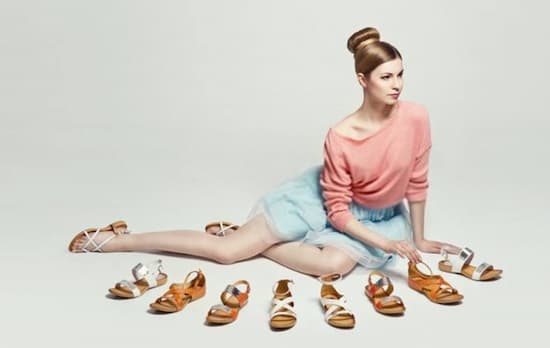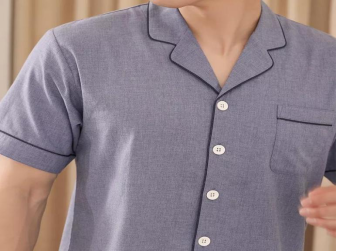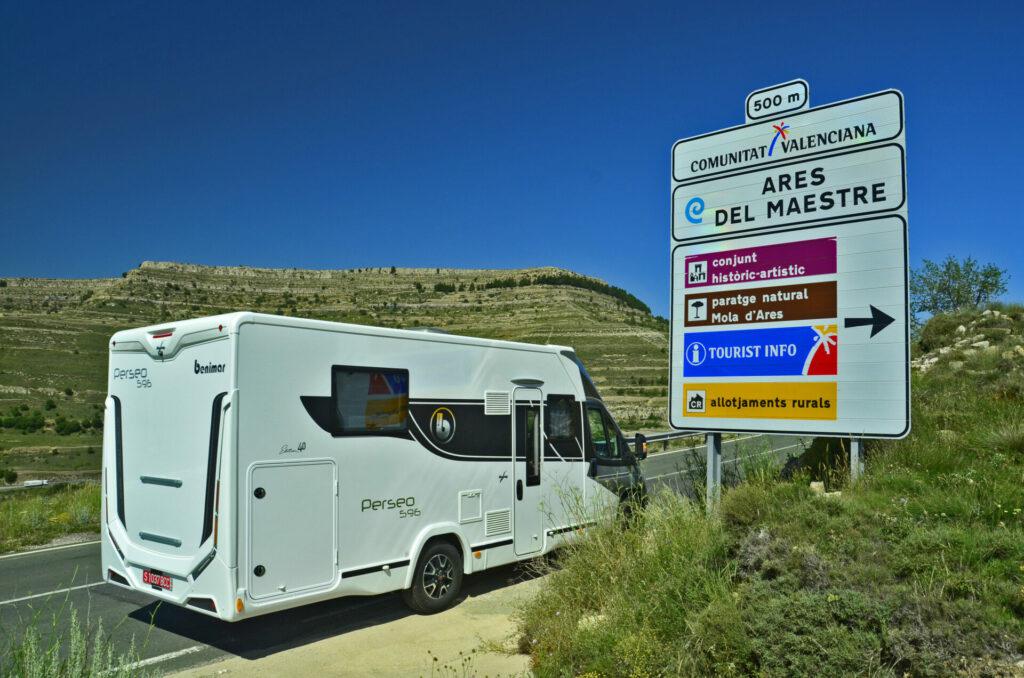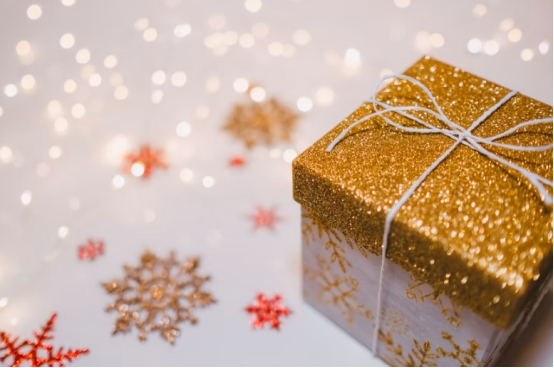A trip around the world between painting and sculpture
Many museums tell the story, inside and out. Sometimes, the buildings that house them transmit as much knowledge as what is shown inside. Sometimes, prior preparation is necessary to understand what we see. However, the concept of beauty rarely needs the help of a guide or interpreter.
State Hermitage
Saint Petersburg, the imperial city of Tsar Peter I, is a vast array of churches, bridges, canals and, of course, palaces. Six of them are aligned on the banks of the Neva River and make up the museum complex of the great Hermitage. The beautiful exterior of the baroque palaces, with shades of white and blue, add color to the river.
History, from the Stone Age to the beginning of the 20th century, is represented in the wonderful St. Petersburg Museum. It ranges from Roman and Greek antiquities to paintings and sculptures from Western Europe, Eastern and Russian art, jewelry and weapons, and an art gallery cataloged among the most complete in the world.
Hermitage building.
The interior decoration gives us splendid galleries, enameled mosaics, golden bars and rock crystal chandeliers. The spacious rooms of the Hermitage exhibit paintings by Rembrandt, Rubens, Titian, Da Vinci, Picasso, Gauguin, Cézanne, Van Gogh and Goya. However, its most visited attractions are the gallery of the gold treasure, the pieces from the private collection of Tsar Nicholas II and his coronation jewels.
National Museum of China
On more than one occasion, it has managed to surpass the emblematic European museums in terms of the number of visitors. It occupies an area of 19 hectares, which makes it one of the largest museums in the world. It is located in the famous Tiananmen Square.
How to Pass the California State Bar Exam Without Law School https://t.co/W3SrcCclip his video was cached fromHow… https://t.co/cnIfKt376p
— aysar one athamneh Mon Jun 24 06:36:40 +0000 2019
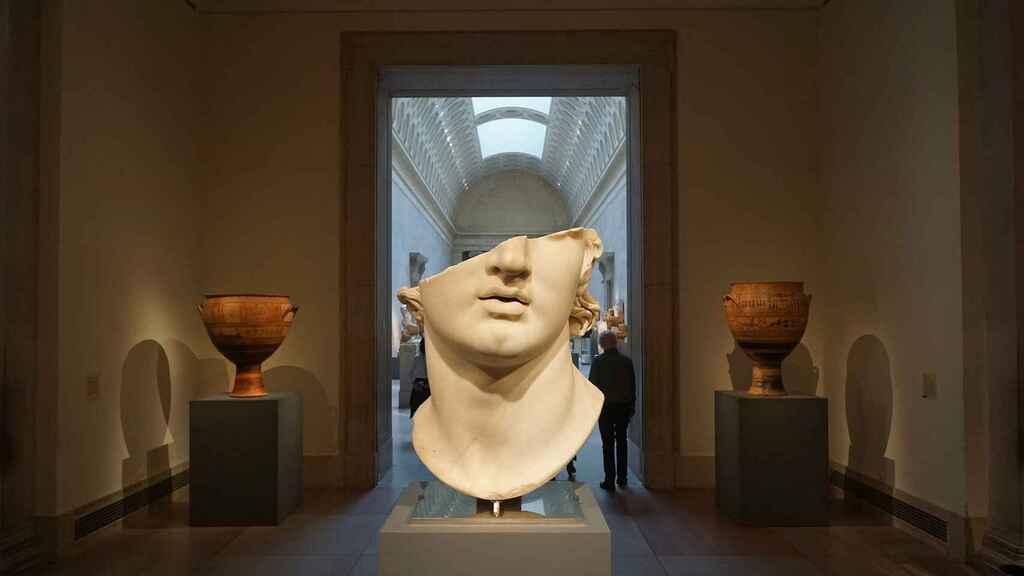
In this Beijing museum, history, religion and politics go hand in hand. It is run by the Ministry of Culture of the People's Republic of China and its stated mission is to educate about the arts and history of the country.
National Museum of China.
The permanent exhibitions cover five thousand years of Chinese culture and the history of its dynasties. The astonishing collection of relics includes bronze objects, rare porcelain pieces, old coins, gold and silver objects and jewelry, Neolithic jade items, and works of art. As curiosities, it is worth highlighting the incisor teeth of a Homo Erectus, called the Yuanmou Man or a ceremonial funeral suit made of jade and belonging to the Han Dynasty, whose beginnings date back to two hundred years before Christ.
Metropolitan
Known as the MET, the Metropolitan Museum of Art in New York is one of the most reputable in the world. It opened in 1872 and is located in Manhattan. It has one hundred and ninety thousand square meters of surface area spread over three floors. The magnitude of the building made it possible to even accommodate an entire Egyptian temple in real size, the reconstruction of an American mansion or that of a Roman villa buried after the eruption of Vesuvius.
Western art, American history and pieces from the five continents offer a journey through five thousand years of history of different civilizations. There is no shortage of samples of European pictorial art with works by Monet, Cézanne, Van Gogh or Velázquez.
The Arab culture is represented by ancient manuscripts of the Koran or the reproduction of a traditional Damascus home. There is also no shortage of pieces of modern art. Magnificent Metropolitan, in the strictest sense.
gold Museum
A white matte marble box floats on a first floor of glass. It is the last headquarters of the Colombian Gold Museum. The modern building, built in the 20th century, recalls in its interior that legend of El Dorado that, for centuries, toured Europe.
Bogotá Gold Museum.
Throughout hundreds of years, golden treasures were scattered throughout the Old Continent. In the 1930s, Colombia decided to recover them and group them in an exhibition. Currently, the museum has the largest collection of pre-Hispanic gold work in the world. They are old pieces that show the skill of Colombian goldsmiths from different indigenous cultures. More than 34,000 objects made of gold and "tumbaga" (alloy of gold and copper) and nearly 25,000 pieces of ceramics, stone, cocha, bone and textiles.
One of the most relevant objects is the Poporo Quimbaya, a pre-Columbian piece made in 301 BC. A ceremonial vessel. All a finishing touch to compete with the great museums of the world.
